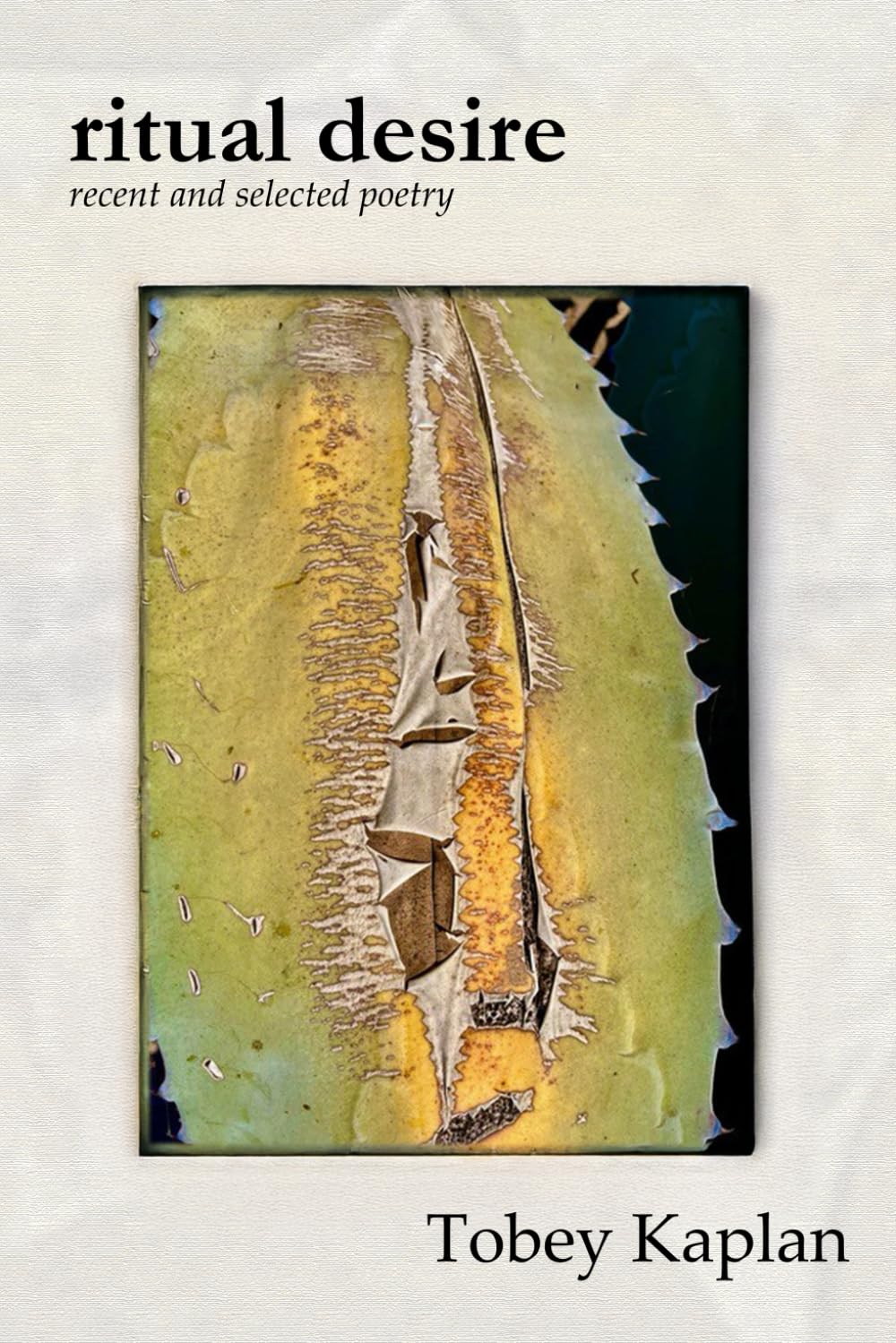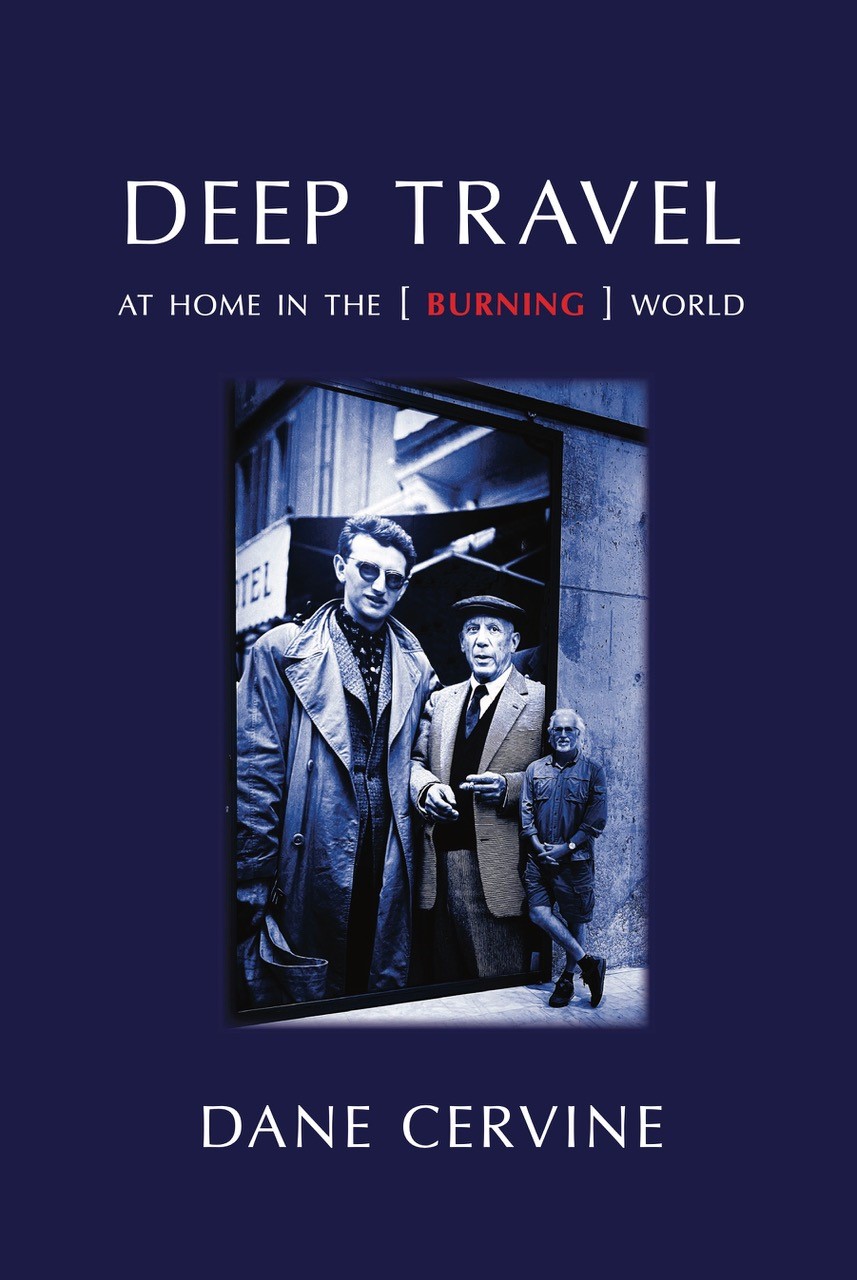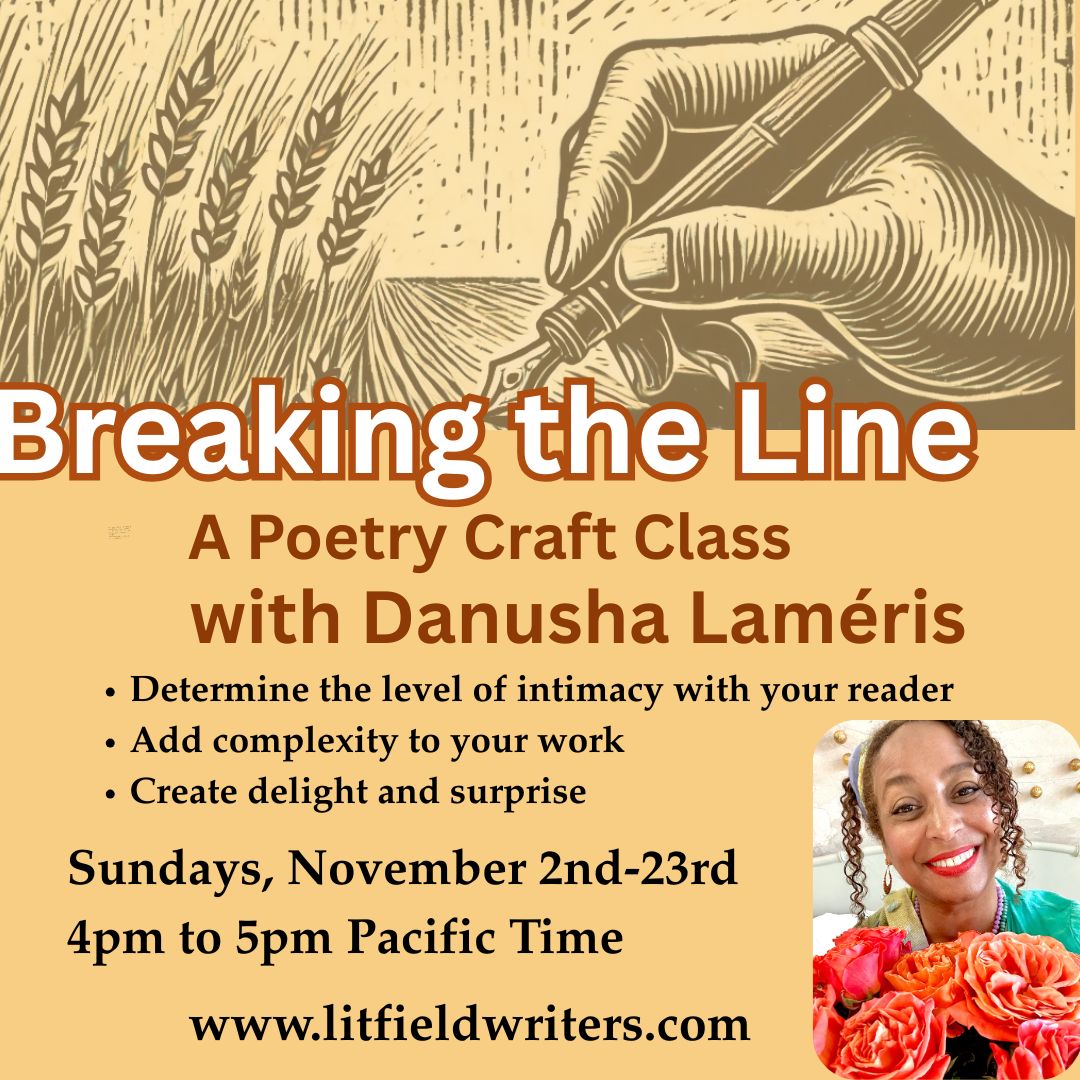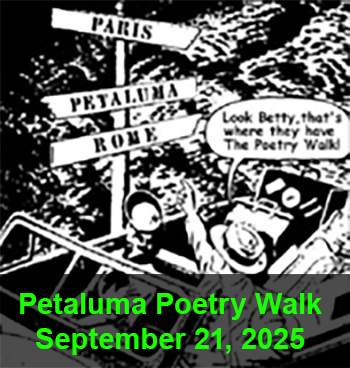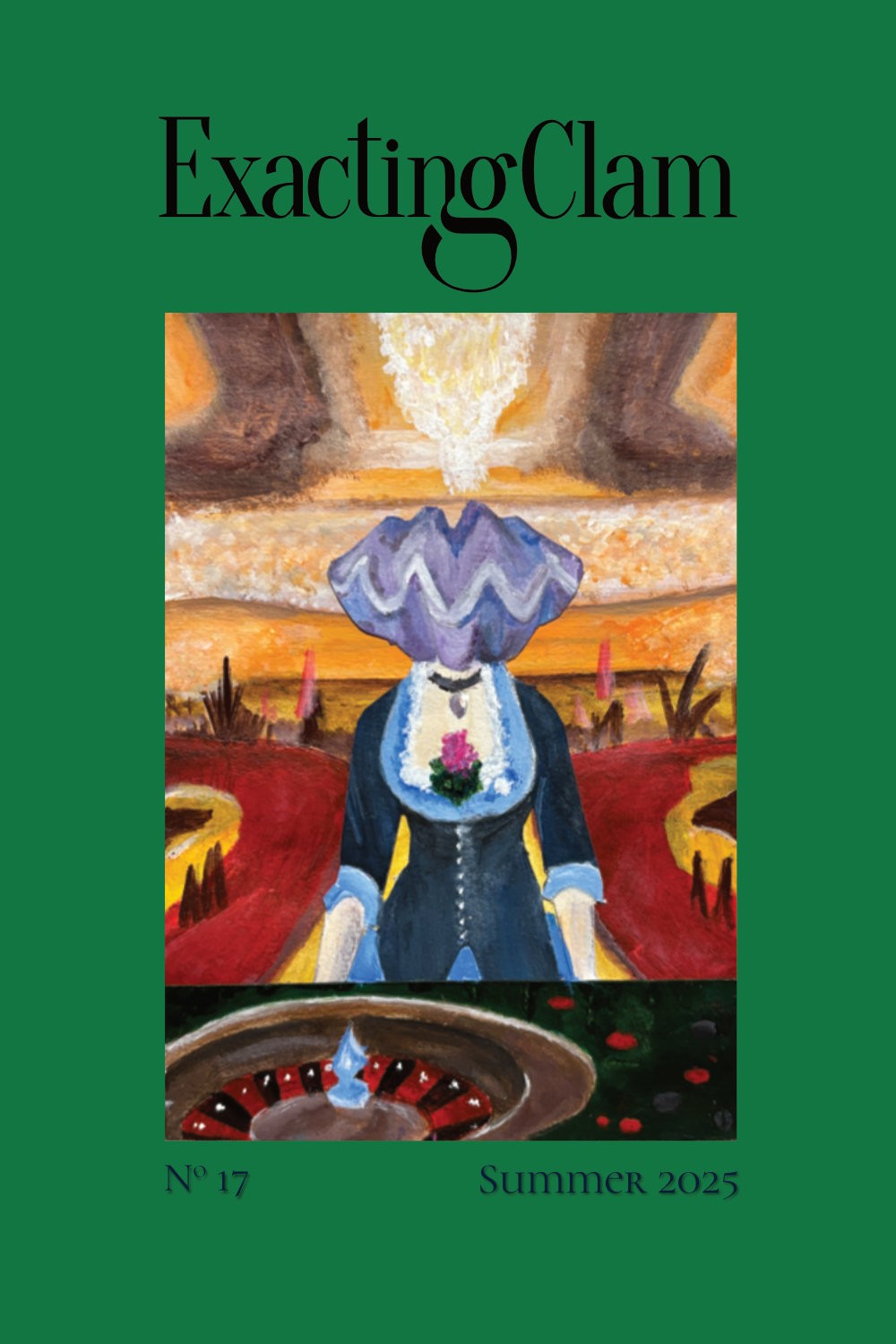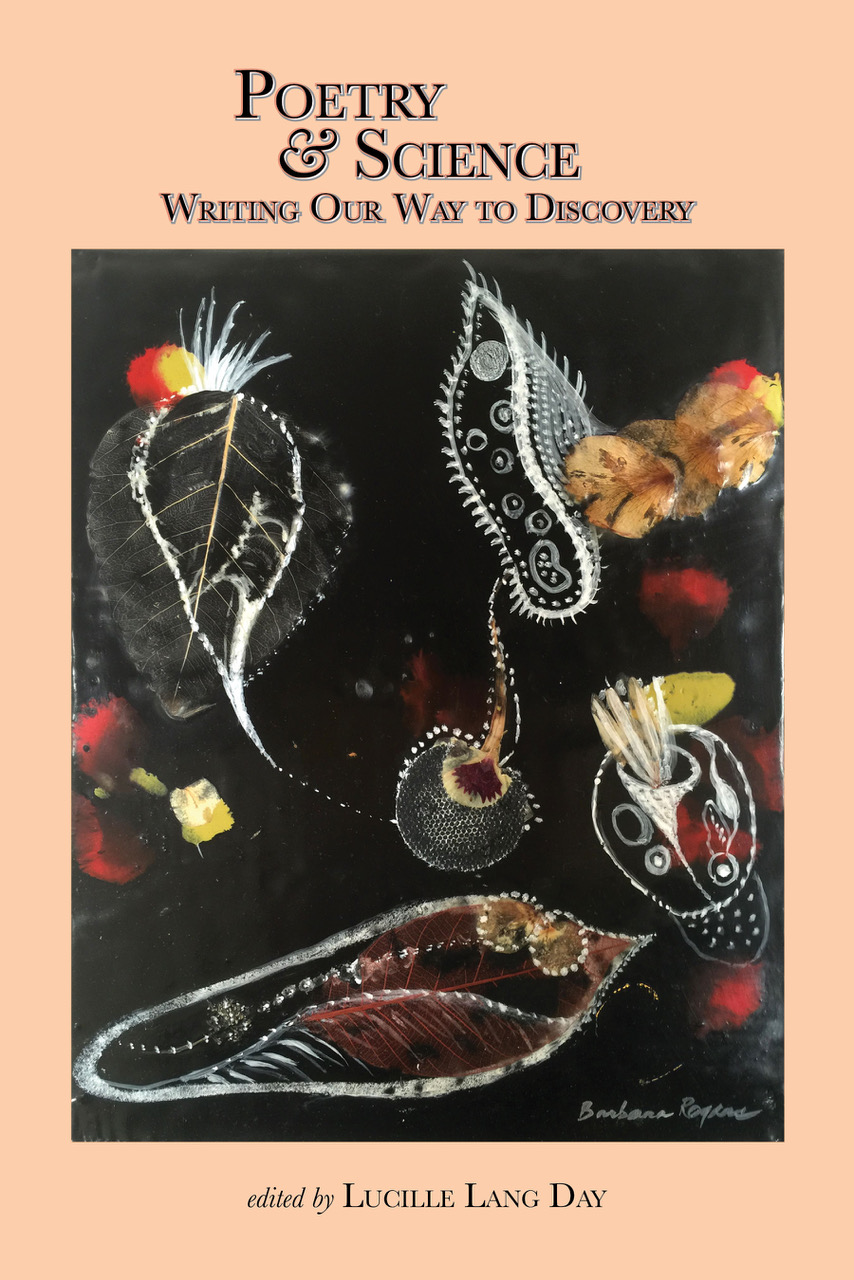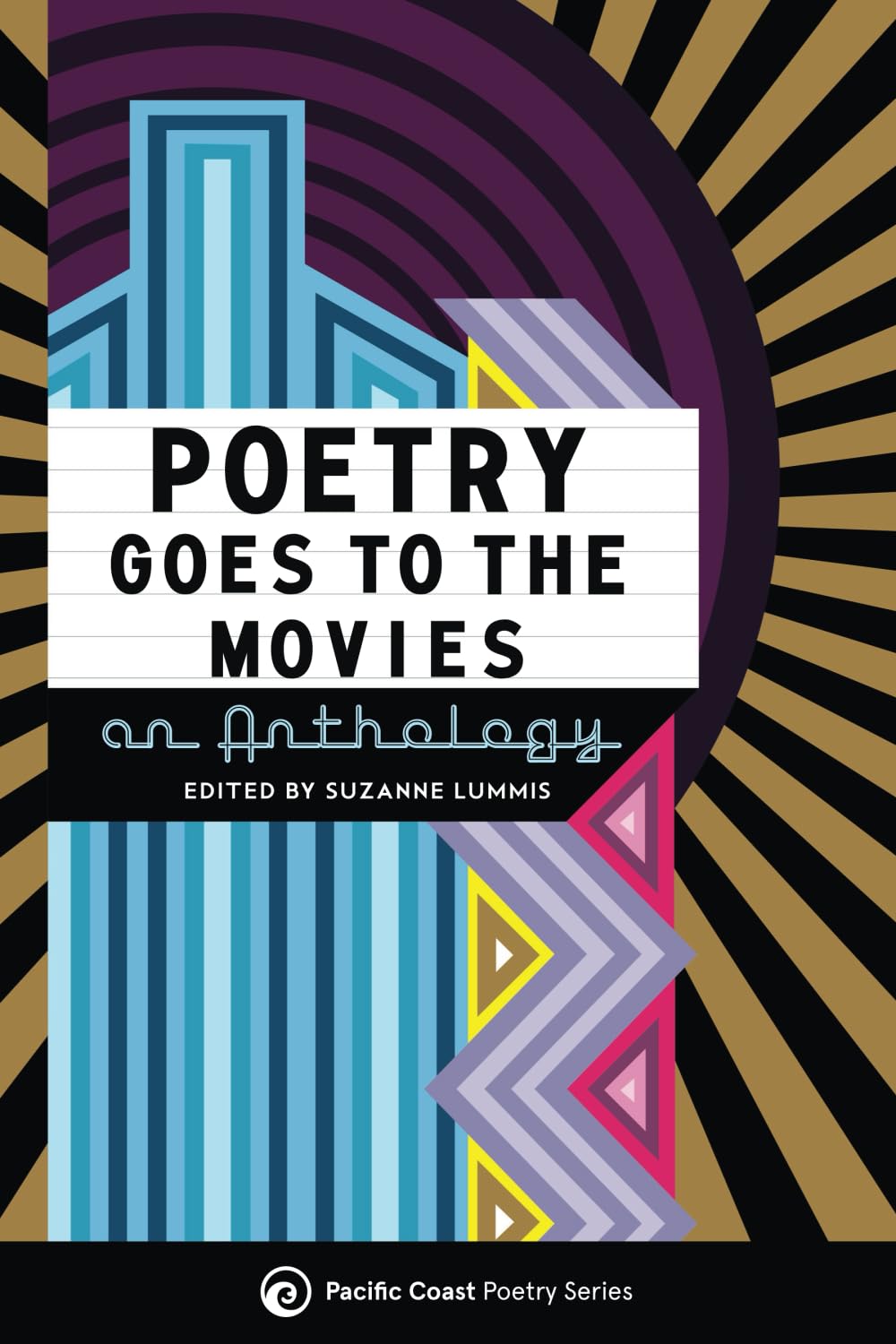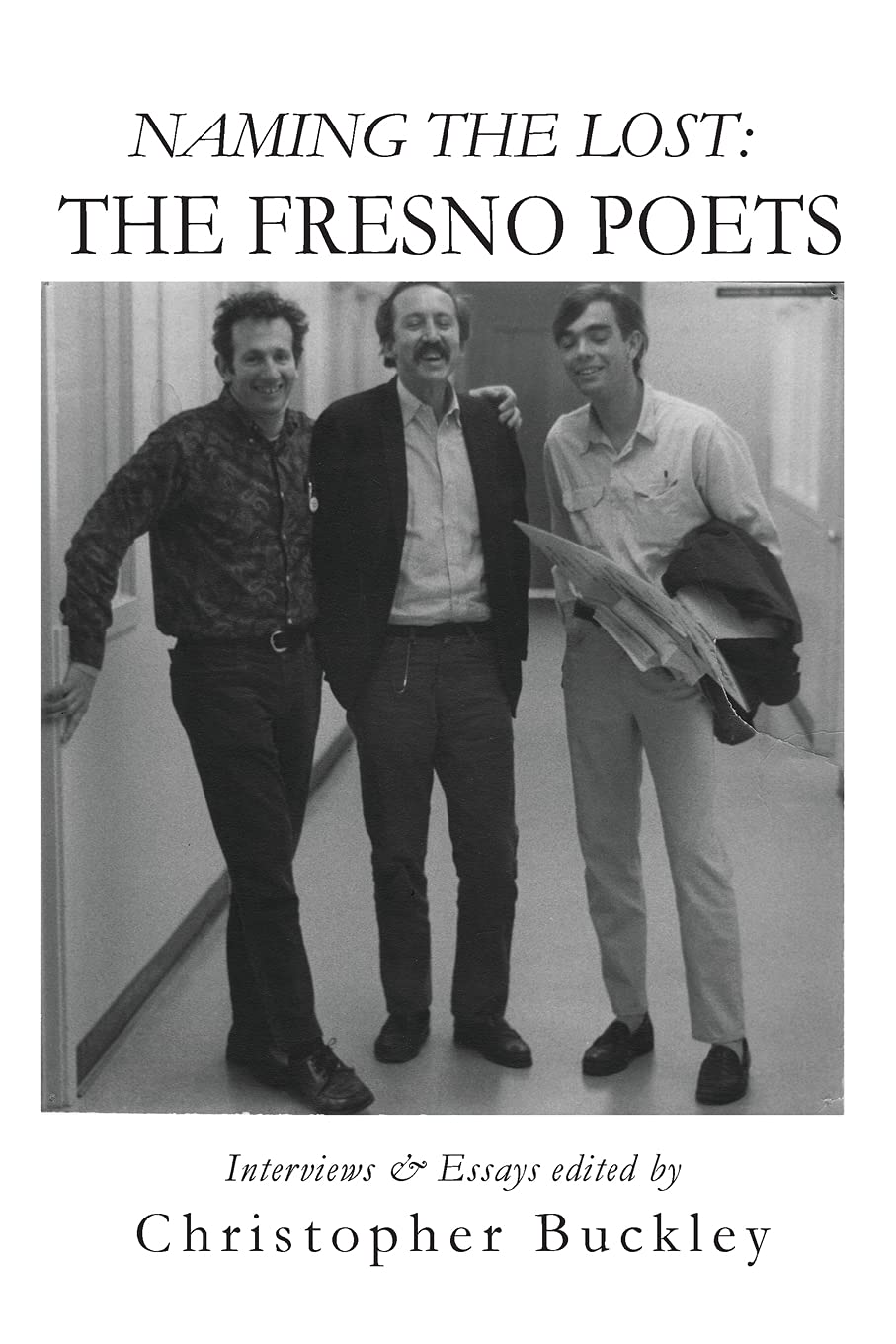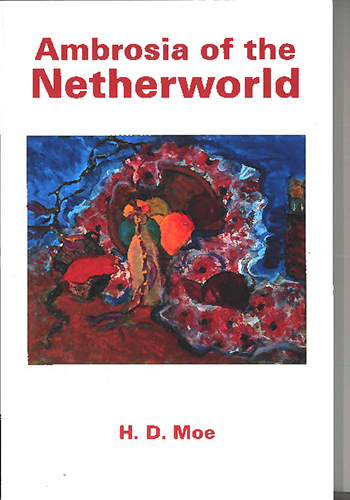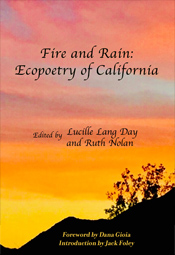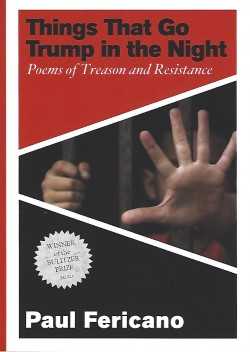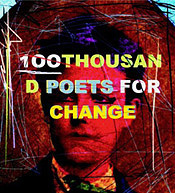
Larry Keenan, Photographer
a memory by Gerald Nicosia
Larry Keenan was a photographer who lived in the San Francisco Bay Area. Born November 20, 1943, he died August 12, 2012, from a fatal fall. He had Parkinson's disease. He was known for a famed photo of Michael McClure, Bob Dylan, and Allen Ginsberg, in the alley behind City Lights in 1965, when Keenan was twenty-two. Another famed photo, "The Last Gathering," of McClure, painter Robert La Vigne, poets Peter Orlovsky, Philip Whalen, Lew Welch, Ginsberg, Richard Brautigan, and others, was used on the cover of Michael McClure's Huge Dreams. Keenan's photos were featured in the landmark Whitney Museum of American Art exhibition, "Beat Culture and the New America: 1950-1965," in 1995, in a mural at the Smithsonian, and in the permanent collection of the San Francisco Museum of Modern Art. His work was noted for photographic illusions and optic effects before computers, before Photoshop.
I can't pretend to know Larry Keenan, Jr., well. I knew his photographs, of course, for many decades. I also knew that he was in the Bay Area, and I was curious that—since you eventually run into everyone at readings or book signings—I had never met him. I wondered why a photographer of this renown didn't get out much. It was only much later that I learned of his sickness. People said it was Parkinson's, but I don't know for sure. I don't talk with people about their illnesses unless they volunteer it, and he didn't volunteer it.
I finally met him when I was gathering photos for my book One and Only: The Untold Story of "On the Road" & Lu Anne Henderson, The Woman Who Started Jack Kerouac and Neal Cassady on Their Journey, and I needed a photo of the older Neal Cassady. In the days when I was writing Memory Babe: A Critical Biography of Jack Kerouac (late 1970s), people would simply hand you a snapshot of Kerouac or Cassady and say, "Keep it!" Now, I found, anyone with a photo of Cassady in his late years thought I ought to be paying them at least ten thousand dollars for it; and one woman even suggested that her father's photos of Cassady were worth a million dollars. I was at a loss where to go, and then someone told me that Larry Keenan, Jr., was still alive, still in the Bay Area, but very incapacitated by his disease.
I found a phone number on the Internet, and he actually answered his own phone. But it was apparent from his first words that he was having a huge struggle just to utter simple sentences. I tried to get his address from him, but he was unable to get it out clearly; then the phone line went dead, and he didn't pick it up again for a few days.
How I found him is a long story, but I'll cut to the chase. He was living in a large apartment complex in Emeryville. It appeared to be a home base for upwardly mobile young singles—close to both the water and the hot spots of Berkeley, and also easy access to the Bay Bridge and San Francisco. It worked for Larry because all the buildings had elevators, and there was a headquarters building with a friendly staff, who often ran errands for him, brought him messages, and so forth.
One is always a little afraid of meeting great artists of any kind. Their egos are often huge and thorny as a century-old rosebush. The door to Larry's apartment was opened by a nice-looking, grey-haired older man in a wheelchair, and his smile was just short of beatific. I had a friend with me, Brenda Knight, who had known him in his better years, so that probably helped. But he was also clearly glad to get company—he didn't get much in the last years of his life.
Everything was a huge struggle for him. Talking, moving about in his wheelchair—the simplest motion of a hand demanded a herculean effort. He sought to raise his hand to shake mine, but it only came up an inch—I reached down to give his a gentle squeeze. From the start, though, I was amazed by how efficiently and neatly his apartment was laid out. There was no clutter at all. He had two separate work areas—one for making photographs and using his computer—the other where photos were stored carefully in well-labeled filing cabinets, where he could pull them out, examine them, make notes on them, and so forth. There was also a living room/bedroom area, and a small kitchen. Aisles wide enough for his wheelchair had been carefully laid out between all the places he needed to go. There were interesting pieces of art and photos—sometimes his own—on the walls. One knew one was in an artist's apartment—but it didn't thunder at you. If anything, the apartment radiated peace—that seemed to be something he thrived on. Interesting, when you think about it, for a man who had documented some of the most tumultuous countercultural times of the Sixties.
I was even more impressed when I asked for a photo of Cassady from a particular year, and he knew exactly which filing cabinet, and which drawer, to go to in order to find it. I'm an organized person myself, but I don't think I could match that degree of efficiency. I suppose when one is sick and physically diminished like that, one has to use organization to compensate for the terrible difficulty of doing anything. But I suspect it was more than that. They say great art comes only partly from talent, and much more from the enormous drive and dedication to get the work done. Larry had that enormous drive and dedication—it was like a light glowing inside him, and it brightened every room he was in.
I spent only a couple of hours with him, altogether, and talked to him on the phone a few more times. What I remember best was his huge humility. When I told him how great I thought his photography was—that he had documented some of the most important parts of the Sixties—his face just beamed with happiness and even gratitude. He thanked me for saying such kind things, but I told him I was simply stating the truth—his work was extraordinary by anyone's standards. Again, perhaps my praise of his work, my assessment that he had made photographs that would stand the test of time, may have pleased him partly because of the illness, because he knew he didn't have much time left, and it was satisfying to him to know that he had used his life well, would leave behind some lasting accomplishments. But I also think that he was, quite simply, an extremely modest man, not accustomed to thinking of himself as great at all. A modest man doing his life's work is probably how he saw himself—and when such large praise came it surprised him, caught him off guard, because that was never what he had been aiming for. He had simply been driven to document the things in his world that seemed very important to him. And from that simple desire he'd created true art.
One more thing I remember. The disease had taken so much energy from him, that after talking for ten minutes—slowly and softly—he simply could not move another muscle. He opened his mouth to speak, and nothing came out. He was hunched over in his chair, as if paralyzed—unable to move at all. Having spent considerable time with invalids, I knew he might be having a serious crisis, so I squatted down beside him, looked into his face, and asked repeatedly if he was okay, or if he needed help. Finally, still unable to lift his head, but managing to hold my eyes with his own, he raised his right thumb—to let us know he was okay, just waiting for the steam to fill the boiler again.
Later, before I left, he somehow found the energy and coordination to sign and date the photo of Neal Cassady I had bought from him—a photo he charged me next to nothing for. When I left him, I knew I had met a great man, and probably one of the kindest I will ever know. ![]()
Gerard Nicosia's most recent book is One and Only: The Untold Story of "On the Road," co-authored with Anne Marie Santos.



































































